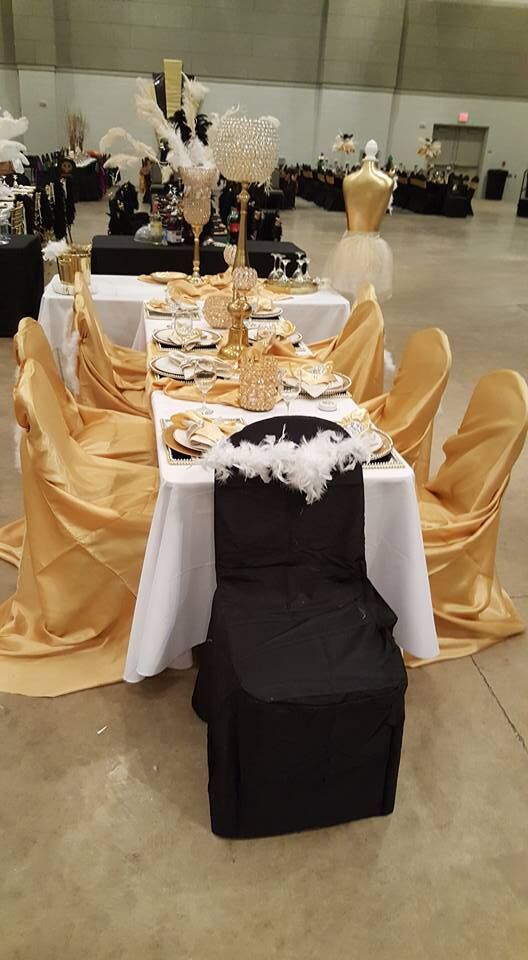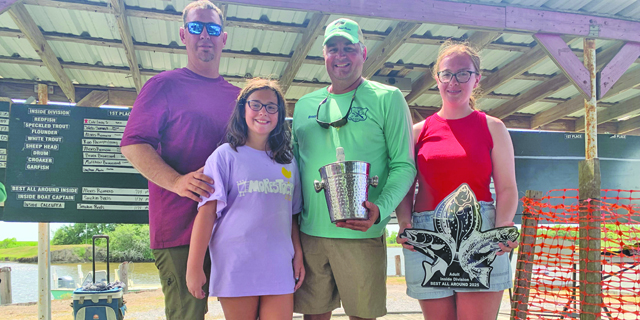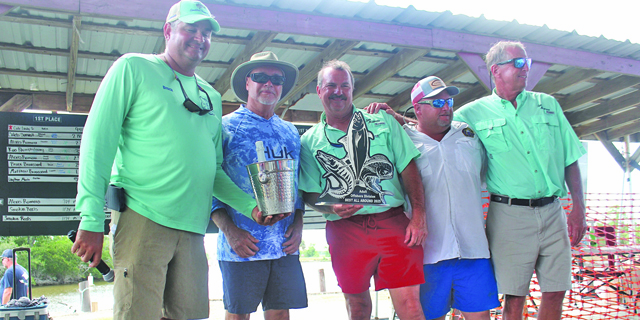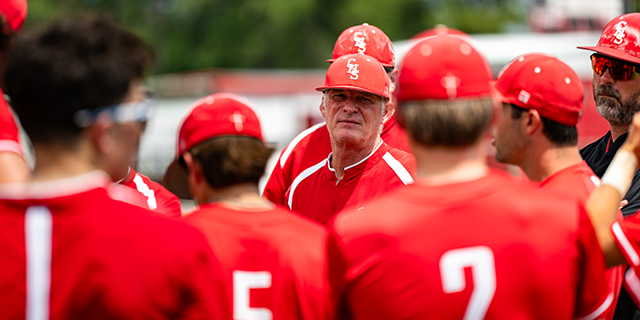Tradition and History Anchor Local Krewe
Published 8:00 am Friday, February 11, 2022

- Ball Decor B.jpg
Carnival. It’s the festive season that comes to a simmer at Twelfth Night and builds until it boils over with Mardi Gras, the world’s biggest free party. For a few weeks, we stand united, wrapped in a tapestry of purple, green and gold. But like many other institutions, such as church and baseball, Acadiana’s Mardi Gras traditions demonstrate America’s troubled, fragmented social and cultural history.
In the days of Jim Crow laws and the dawn of the Civil Rights movement, Acadiana’s Black community sponsored and hosted its own Mardi Gras celebrations because there was not a spirit of unity. Blacks and whites were separated at school, in the marketplace and in the eyes of the law.
Trending
In 2013, researchers from the University of Mississippi set out to document African American Mardi Gras events in Acadiana. They published a report on the experience in the University’s “Southern Quarterly” in Summer 2015.
In the mid- to late-1950s, the Lafayette Mardi Gras Festival (LMGF) was formed in the tradition of the Zulu Social Aid and Pleasure Club and the Black Indian tribes of New Orleans, their findings say. The idea was to create space for the Black community within the Carnival festivities where none existed, while simultaneously protesting the white social framework of that era.
“It was a reaction to Jim Crow,” says Phebe Hayes, head of the Iberia African American Historical Society, Center for Louisiana Studies. “[By] people who were excluded from mainstream celebrations of holidays and traditions.”
LMGF’s charter members chose as their symbolic hero Toussaint L’Ouverture, the leader of the Saint Domingue slave revolt in the late 18th and early 19th centuries. It was a non-violent protest, of sorts, against the white South’s resistance to Civil Rights reform, the “Southern Quarterly” report says.
Hayes, who grew up in New Iberia, says she did not participate in Mardi Gras, Sugar Cane Festival or similar events as a child, or a college student at Xavier University in New Orleans, when she returned home during the Mardi Gras break from classes.
“I don’t remember us going to parades,” she says. “Even as young children.”
Trending
LMGF was the first Black krewe to officially organize, but Acadiana’s African American community had informal Carnival groups dating back to the 1920s. Lafayette held its first Black Mardi Gras parade in 1956, organized by the “Negro Carnival Association” and held on the same day as the larger white parades of King Gabriel and Queen Evangeline.
The parade did not return until 1959, under the auspices of the LMGF. Since then, the organization has continued a tradition of annual balls, pageants and parades.
Albert Babineaux, Jr. is president of the Lafayette Mardi Gras Festival. He says other African American Mardi Gras krewes have come and gone through the years, including the Krewe of Nia and the Krewe of Majestic. The Twelfth Night Revelers are planning to resume activities after membership had dropped during COVID, Babineaux says.
Babineaux is a Lafayette Parish Sheriff’s deputy. His personal involvement with Mardi Gras goes back to 1986, the year his father served as King of Lafayette Mardi Gras Festival. To him, Mardi Gras has always been about one thing. “I do it for the kids,” Babineaux says. “Mardi Gras is my favorite holiday. My thought is, ‘No child left behind at Mardi Gras.’ We take them as young as 5 all the way to 18. Me and my krewe members love what we do.”
In addition to the children and the pomp and circumstance of parades, balls and pageants, African American Mardi Gras in Acadiana includes Mardi Gras Indians. These members spend the entire year working on their elaborate costumes and walk in the LMGF parade. The days’ events feature a festive Mardi Gras Show at Clark Field Stadium, where the Indian’s elaborate costumes are judged. The event, which is open to the public, also features bands, food and crafts.
Babineaux was King of the Krewe of Nia in 2011. He started with LMGF in that year and was the 60th King of LMGF in 2017. In all his years associated with Mardi Gras, he says he has seen more acceptance and integration on a social level for African American Mardi Gras events. But the playing field still is not level. “There are a lot of disparities,” he says. “For example, all the parades start on the same side of town, they all end in the same place. There’s a parade before me and after me. Those parades ride under the same insurance umbrella, but we have to get our own insurance policy.” He adds, “There’s a big carnival at Cajundome. But the carnival benefits the other krewes. It’s still segregated. We stand on our own.”
The financial differences don’t stop there. Babineaux says it costs about $100,000 for LMGF to put on its Mardi Gras events each year. As a non-profit organization, LMGF relies on fundraising to generate much of that budget. The organization does receive a stipend from the Lafayette Consolidated Government each year. But the impact of that grant has dwindled through the years.
“Because we focus on culture and the arts, we get a stipend — essentially a grant,” Babineaux says.
The law of the land has changed, but the shadow of segregation still looms over the brightest of celebrations, Hayes says. “Thank God we saw the end of [the Jim Crow system]. But we are still impacted by it,” she adds. “I went to church with people in Lafayette who were in Lafayette Mardi Gras Festival. Even then, in the ’90s, those Mardi Gras krewes were still segregated. We have seen some krewes now integrated. Now young black women sit on some of the queens’ courts. That was not the way it was then. That’s progress. I applaud people who are more open-minded. But we can’t forget history, which explains some of the issues we are still dealing with.”
Progress is what keeps people like Babineaux going. “It’s a struggle,” he says. “I would say under my administration the past 10 years, things have improved. We run constantly 20 to 25 floats. With bands and Indians and everything, we have 40 or 50 entries in the lineup. But we still feel disparities going down the street. Our kids get hit with beads thrown back at them by people waiting for the parade to pass. We feel it. We continue to feel we do what we have to do.”





